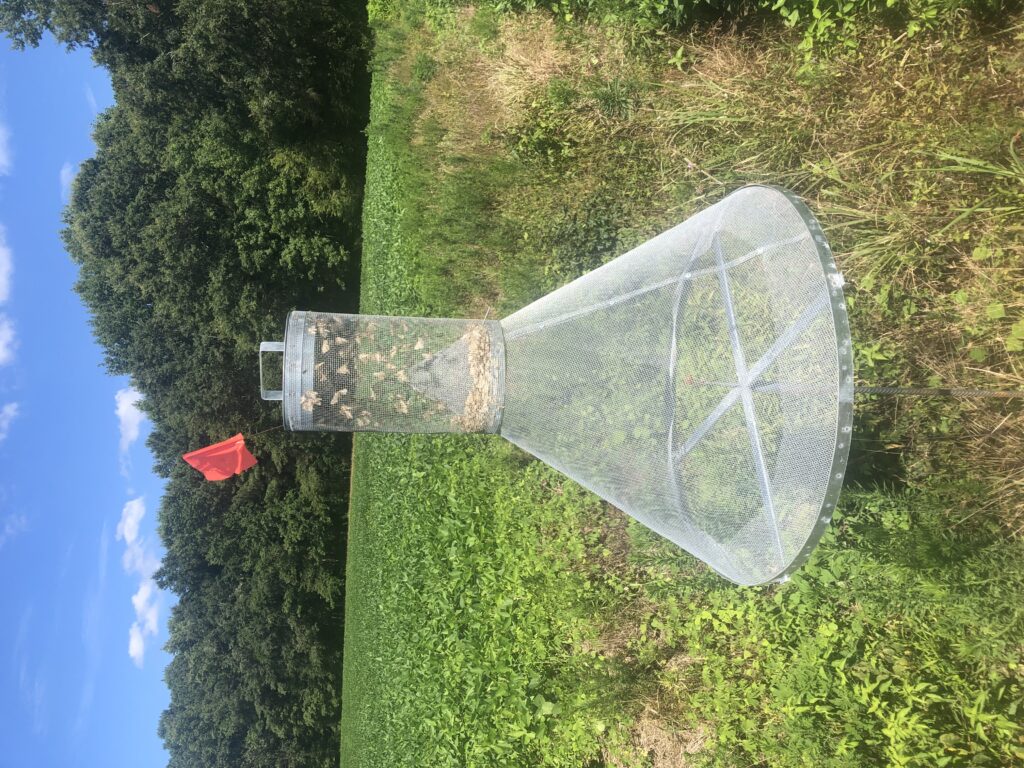Important Alert for Bollgard 3, TwinLink Plus and WideStrike 3 Cotton as Bollworm / Corn Earworm Flight Begins
go.ncsu.edu/readext?875679
en Español / em Português
El inglés es el idioma de control de esta página. En la medida en que haya algún conflicto entre la traducción al inglés y la traducción, el inglés prevalece.
Al hacer clic en el enlace de traducción se activa un servicio de traducción gratuito para convertir la página al español. Al igual que con cualquier traducción por Internet, la conversión no es sensible al contexto y puede que no traduzca el texto en su significado original. NC State Extension no garantiza la exactitud del texto traducido. Por favor, tenga en cuenta que algunas aplicaciones y/o servicios pueden no funcionar como se espera cuando se traducen.
Português
Inglês é o idioma de controle desta página. Na medida que haja algum conflito entre o texto original em Inglês e a tradução, o Inglês prevalece.
Ao clicar no link de tradução, um serviço gratuito de tradução será ativado para converter a página para o Português. Como em qualquer tradução pela internet, a conversão não é sensivel ao contexto e pode não ocorrer a tradução para o significado orginal. O serviço de Extensão da Carolina do Norte (NC State Extension) não garante a exatidão do texto traduzido. Por favor, observe que algumas funções ou serviços podem não funcionar como esperado após a tradução.
English
English is the controlling language of this page. To the extent there is any conflict between the English text and the translation, English controls.
Clicking on the translation link activates a free translation service to convert the page to Spanish. As with any Internet translation, the conversion is not context-sensitive and may not translate the text to its original meaning. NC State Extension does not guarantee the accuracy of the translated text. Please note that some applications and/or services may not function as expected when translated.
Collapse ▲Article by D. Reisig and A. Huseth
Light trap catches for bollworm (also known as corn earworm) are up this week in Craven, Duplin, Scotland and Stanly county.
Our 21 pheromone trap network has been running for a week in Northampton, Halifax, Nash, Edgecombe, and Wilson counties. Counts were highest in Wilson and southern Edgecombe. The catch was lighter moving toward Northampton county.
This is an indication that a flight is on in the southern part of our state and that cotton at bloom should be scouted for bollworm.
We have also noticed widespread unexpected injury in corn expressing the Vip3A toxin (Leptra and Trecepta are common names). We aren’t sure why this is the case and bollworm numbers have been extremely high in corn this year. However, given this observation in corn, it is imperative that all cotton (including varieties that express the Vip3A toxin- Bollgard 3, TwinLink Plus, and WideStrike 3) is scouted for bollworm this year. We are not recommending any changes to thresholds or management this year. Be sure to use an insecticide with chlorantraniliprole as the active ingredient.
Our thresholds are:
Bollgard II, TwinLink, WideStrike:
- 25 total eggs on 100 leaves or fruiting structures (search throughout the canopy on multiple plants)
Bollgard 3, TwinLink Plus, WideStrike 3:
- 4% damaged bolls (this is the preferred threshold)
OR
- 3 live second-stage bollworms (1/8 inch or longer) per 100 fruit (pay particular attention to bollworms in or under yellow, pink, or dried blooms stuck to young bolls), or
- 2 second-stage bollworms on 2 consecutive scouting trips, or
- 1 second-stage bollworm on 3 consecutive scouting trips




